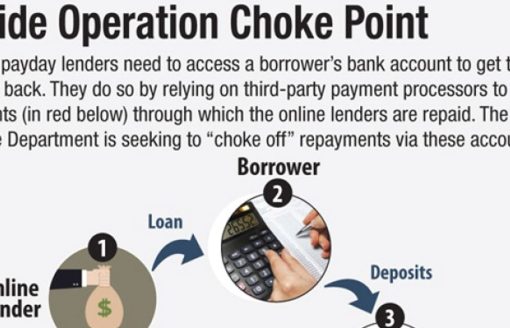Administrative forfeiture is an in rem (against the property) action that allows the property to be forfeited to the United States without filing a case in federal court. The administrative forfeiture process occurs before the agency seizes the assets if no one has filed a claim to contest the seizure. Many procedures are taken in place, including strict time limits and noticing requirements designed to protect the interests as well as rights of property holders. Any seizure of property subject to administrative forfeiture must result from probable cause. The major benefit of administrative forfeiture is to avoid the burden of the courts with judicial actions if no one contests the forfeiture of the seized property.
Stay in the know on crypto by frequently visiting Crypto News Today
Compared to the other two types of asset forfeitures (civil forfeitures and criminal forfeitures), administrative forfeitures are the most common, and account for about three-quarters of all federal forfeitures. A number of state and federal statutes can trigger asset forfeiture, which allows the government to seize an asset by providing sufficient evidence relating the property in question to some illegal activity, no matter whether the connection is substantial. In other words, the government can seize and initiate a forfeit of an asset with a certain level of probable cause.
Administrative forfeiture is usually handled internally by the government agency and does not involve litigation in court. The proceeding begins by the agency publishing a Notice of Proposed Forfeiture once a week for at least three consecutive weeks in a newspaper of general circulation in the federal judicial district where the property or assets are to be seized. The federal agency agency shall also serve the notice to the owner of the property or assets, or to any other person whose identity and interest in the property is known or easily verifiable. If the property’s owner or an interested party does not file a claim within thirty days after the Notice of Proposed Forfeiture was published or served, the federal government agency will declare the forfeiture of the property or assets via the administrative forfeiture proceeding.





